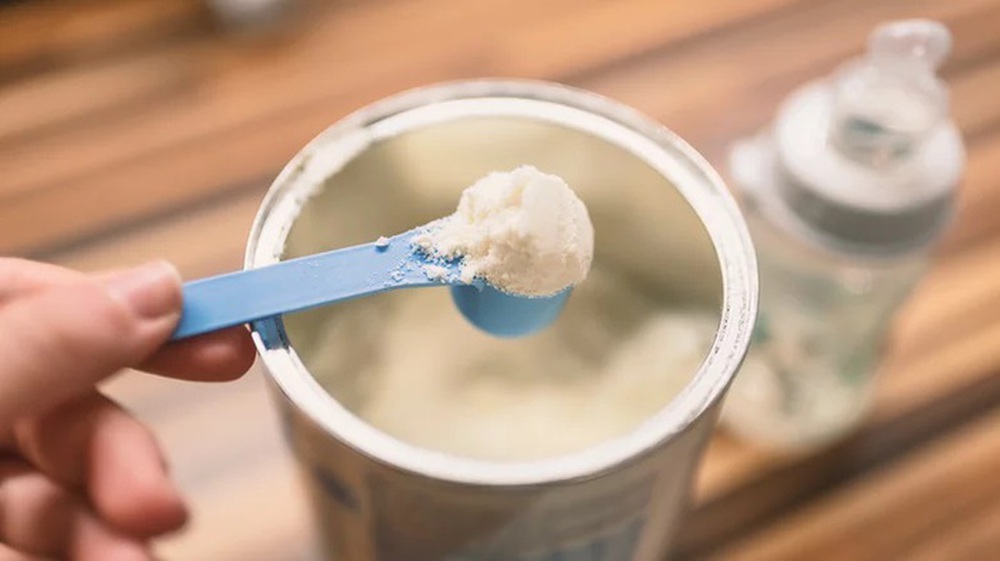
Thanks to space research, NASA has created a highly nutritious milk powder. Photo: GC
Powdered milk since when?
According to the American online pediatric education journal The Journal of Perinatal Education (JPE), infant formula was born in the 19th century to respond to changes in socio-economic life, helping women have more time. time to work or for a group unable to breastfeed. Although no babies have been born in space, even pregnant in space, but according to NASA, their research in space has made a breakthrough that has led to an increase in the nutritional value of milk. baby formula or baby formula.
For thousands of years, the only way to get nutritious food into an infant’s mouth was through breast milk by breastfeeding. However, not all mothers are able to breastfeed, so the solution may be to let the child become malnourished or to have another woman breastfeed instead. According to JPE, this has existed for millennia, but in the 19th century, when the economy in Europe developed, it meant that poor women had to work instead of staying at home to raise children, the problem of malnutrition. Infant nutrition has become a “hot” topic of public interest. Also during this time, advances in food preservation technology helped extend the shelf life of perishable foods, including dairy products. As a result, according to the journal Contemporary Pediatrics, in 1860, German chemist Justus von Liebig researched and developed the first commercial infant formula, a precursor to today’s formula.

Baby milk powder was born in the 19th century. Photo: GC
In the US, the introduction of infant formula was accompanied by inconclusive controversies over nutritional content. For some families, formula is a necessary product, despite the fact that its use has been linked to a number of diseases in children, including diabetes and obesity. The pediatric community believes that breast milk is the best, but many women who are unable to breastfeed feel hurt, even ashamed, because they are unable to do so.
What did NASA do to increase the nutritional content of formula milk?
Despite the limitations of infant formula, there is at least one nutrient that has been a key ingredient in all mass-produced infant formulas in the US since the 1990s. That is DHA, a omega-3 fatty acids. According to NASA, they have been looking at foods and food-related products that could be carried out on long-duration space missions. For example, flights to Mars will take years, not months. Therefore, it is very important to keep food stable and nutritious.
A team of NASA researchers have been looking for sources of DHA and have begun to look at it as a nutrient during long spaceflight. That nutrient also benefits babies, both in utero and while they’re breastfeeding. Since 1994, this nutrient has been added to mass-produced infant formulas. According to NASA, this nutrient helps babies “develop healthy brains, eyes, and hearts”.
at Blogtuan.info – Source: Soha.vn – Read the original article here



